ANDREA MATO
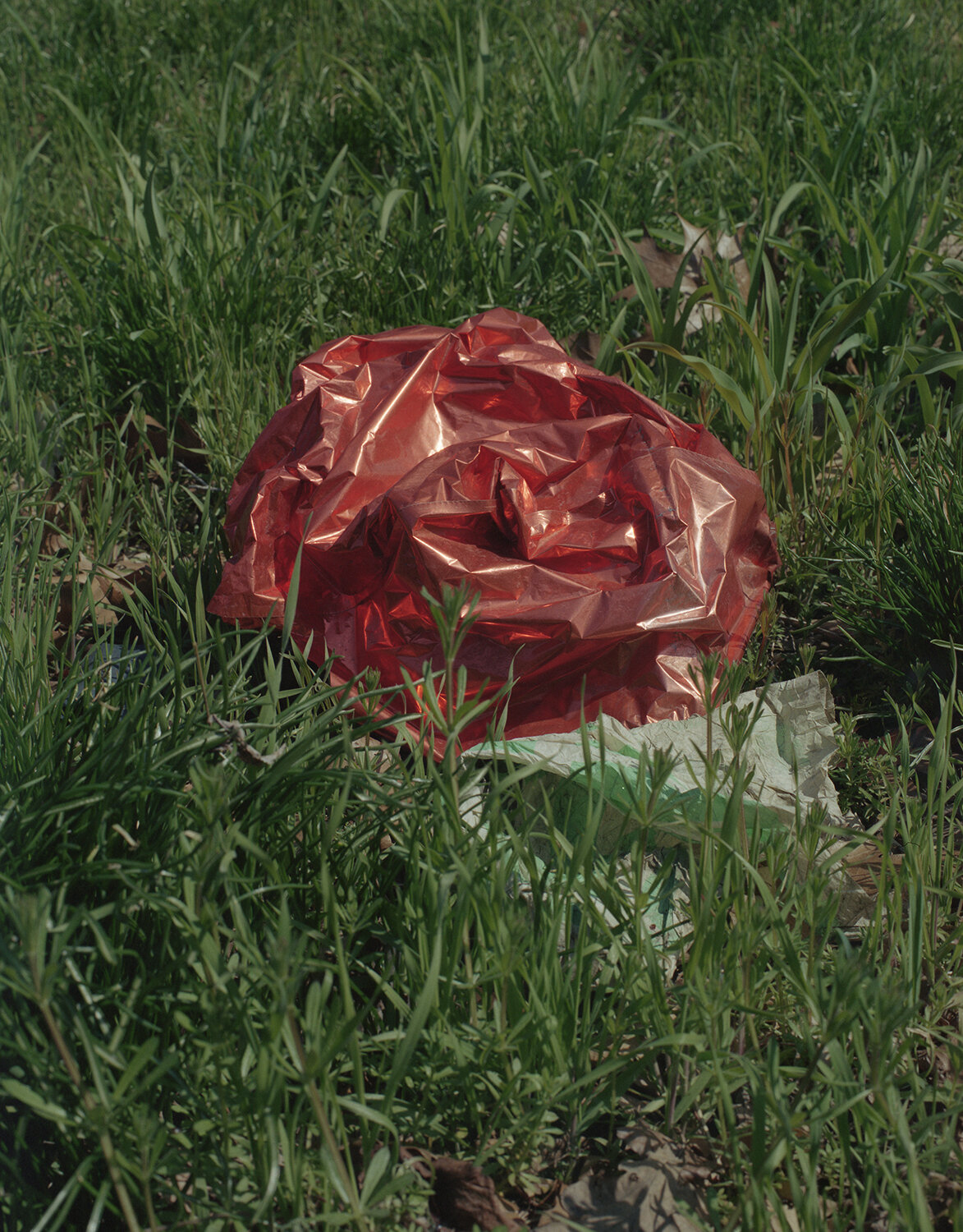
March 23rd, 2022
Interview by Rachel Yanku
Andrea Mato is a Venezuelan photographer based in Brooklyn whose recent project En Limbo documents the photographer’s journey processing her mother’s stage-three lung cancer diagnosis far away in Caracas.
Mato embarked on long walks where she closely examined her surroundings, searching to connect with the landscape to build a space of self-reflection. The evolving series consists of imagery of found objects, self-portraits that represent the mortal circle of decay and recovery.
This project explores the geographical distance you have with your mother, as well as the process of dealing with your mothers third stage lung cancer. Because of these circumstances you created this project alone. The creation of this project seems like preparing oneself to be alone. How did this influence your understanding of loss?
Even though I created the photographs for En Limbo (2020 - 2021) by walking on the streets of Brooklyn on my own, I never felt alone creating this project. I think this was an opportunity to connect with my mother’s emotions throughout the development of her disease, even if we were physically separate from each other. The streets became a subject matter in my photographs and a companion that served me to process my emotions by photographing instances of mundane objects around me that represented feelings of decay or recovery that I was experiencing simultaneously seeing my mother fight this disease. Therefore, this project is not about being alone and about loss; it’s about finding empathy and connection with my mother. It is a space for me to process emotionally what we have been going through since her diagnosis.
You fluidly go back and forth between capturing self portraits to everyday moments on sidewalks/textures. Did you place the photographs in order of when you took them on the walks or did you rearrange them to curate a narrative?
The photographs in this series are only a small selection of images that I made in one year of walking for hours in the streets of Brooklyn processing my emotions that I curated to convey the following of me and my mother’s emotional journey throughout this time.
The first photograph I took when thinking about this series, Dead End (2020), is ironically the first in the sequence, but the following photographs of the series were all taken at different times, and I jump back and forth from different months and pictures I took then. I see our experience as continuously non-linear and unexpected, and I wanted the sequence to resemble those feelings.
I find it compelling to start with this self-portrait of me covered with the plastic bag, almost like a shock, and not being able to see what was next for my mother and for us as a family. Everything felt very blurry then, and one night I had a vision of an image in my head of me covered with a plastic bag referencing unconsciously post mortem bags, being confused and blinded by what was about to come. That image works for me as the first sequence image since we enter the series knowing that something is off in this story. Having my body next to a massive beautiful tree filled with life and energy seemed like a relevant contrast to that moment in my life.
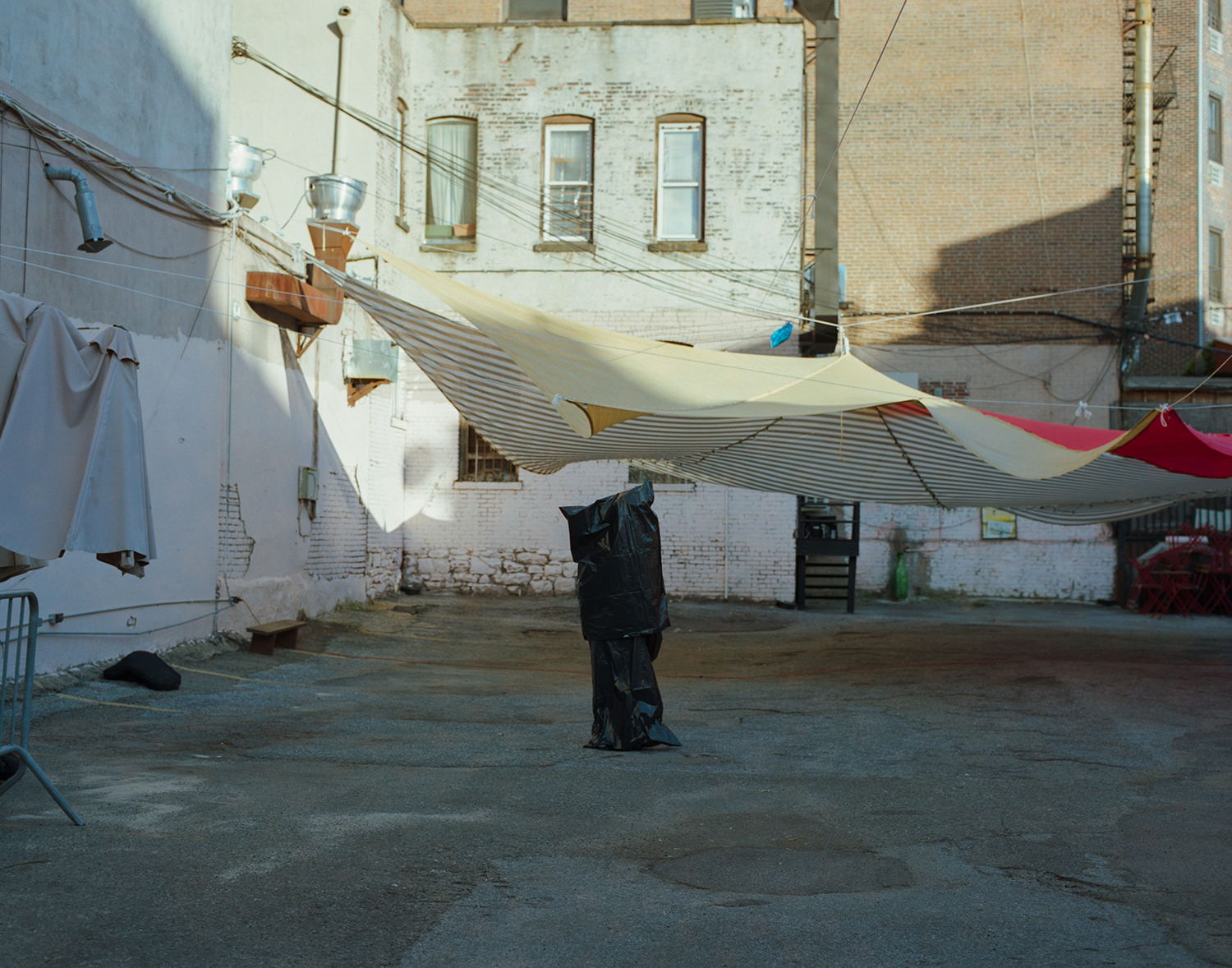
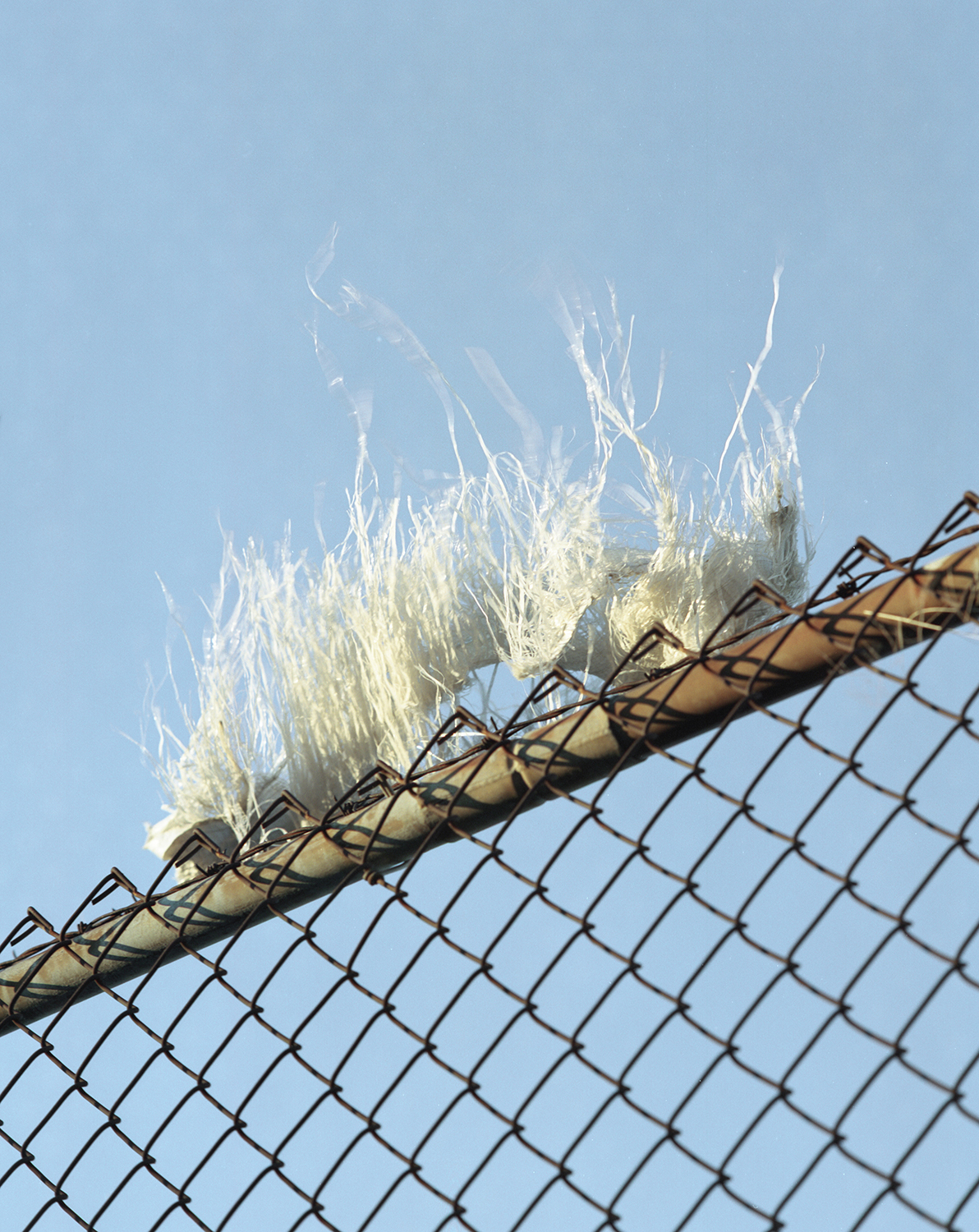
Would you consider those photos of you under the plastic bags an archive of a performance? Do you practice other mediums besides photography?
I am very performative when creating imagery, even if it's not very clear since I do not show many human bodies in my images. I see performance playing in my photographs by the bodily tension that exists in my body from walking for hours while making photographs. The plastic bag photographs are different from anything I have done before. I believe you are right that they are some performance archives in a more traditional way where we see the body crippled on the floor or standing in a desolate expansive landscape.
My practice until now has been based on photography. However, I plan to explore how I could make my work feel even more physical by incorporating some more experimentation with video production and sculptural materials since those worlds fascinate me incredibly.
In the beginning of this project, did it start with the idea and then the photos, or vice versa?
That’s a great question! I think it was a mixture of both. When I first started this project, I was in shock by receiving the news of my mother’s diagnosis, which meant that it was very present in my mind at the time. I was at a stage when I wanted to focus on one photographic project for a long time, and I happened to take that photograph that we discussed earlier, reacting to my emotions. I would say that for me was the beginning of En Limbo.
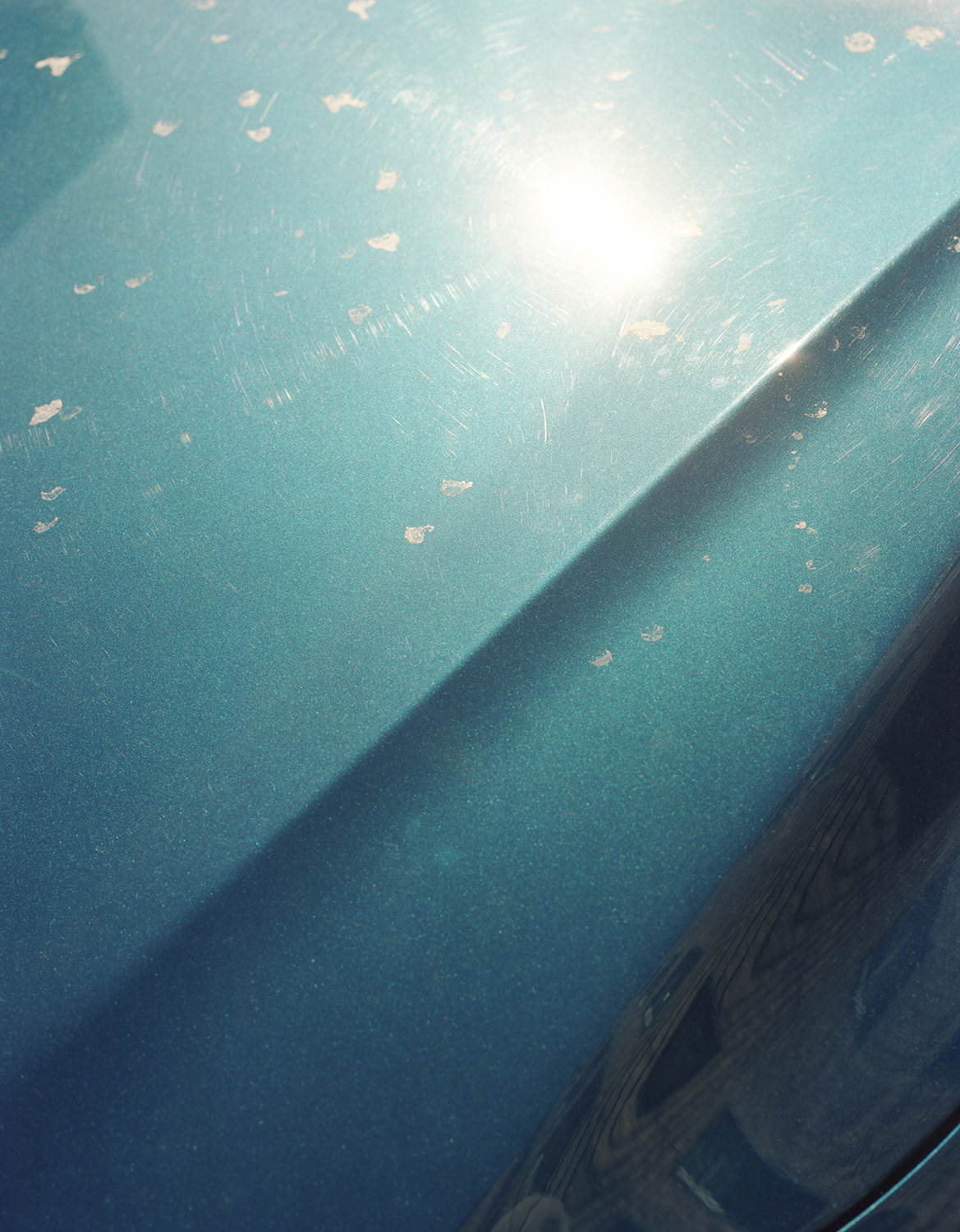
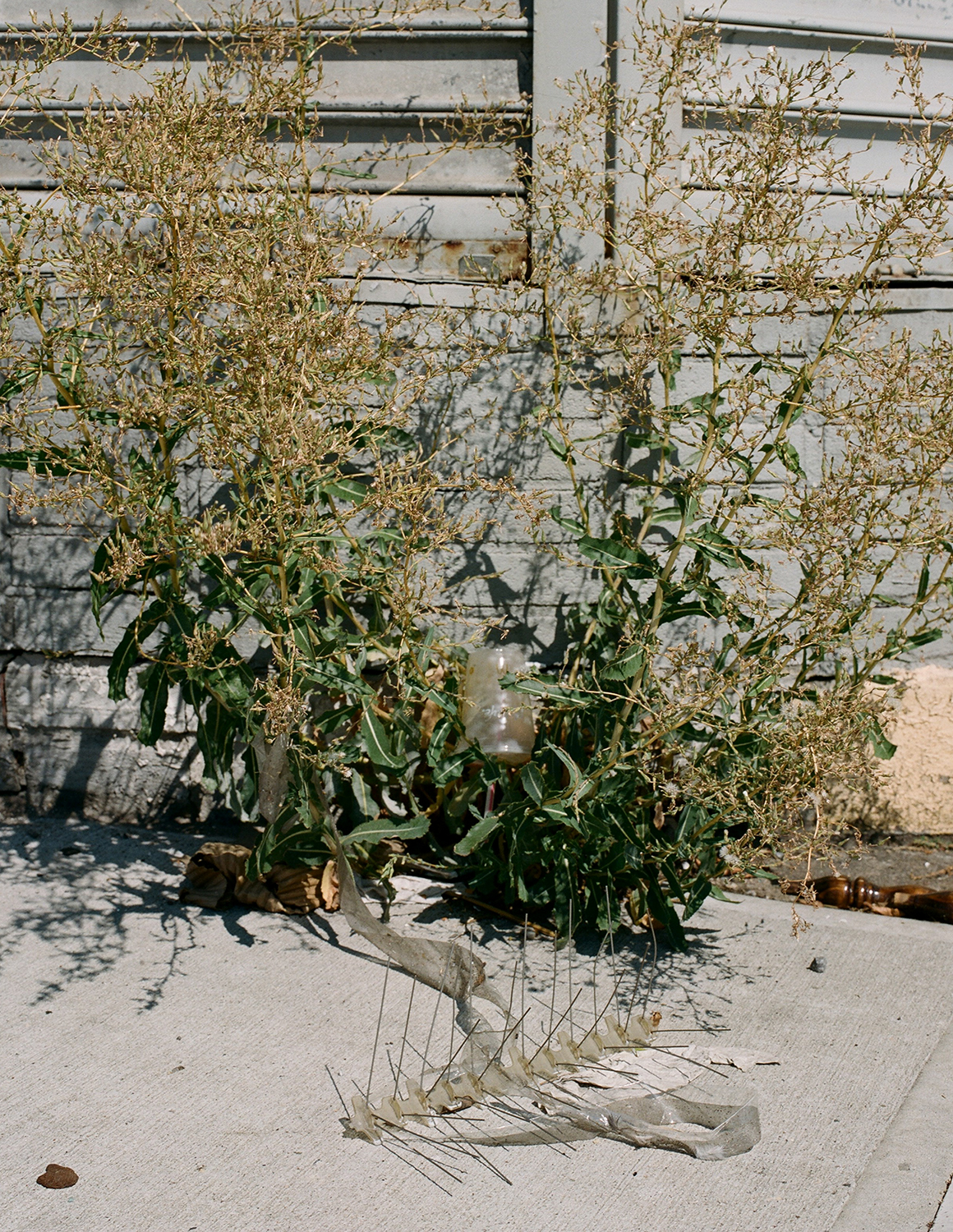

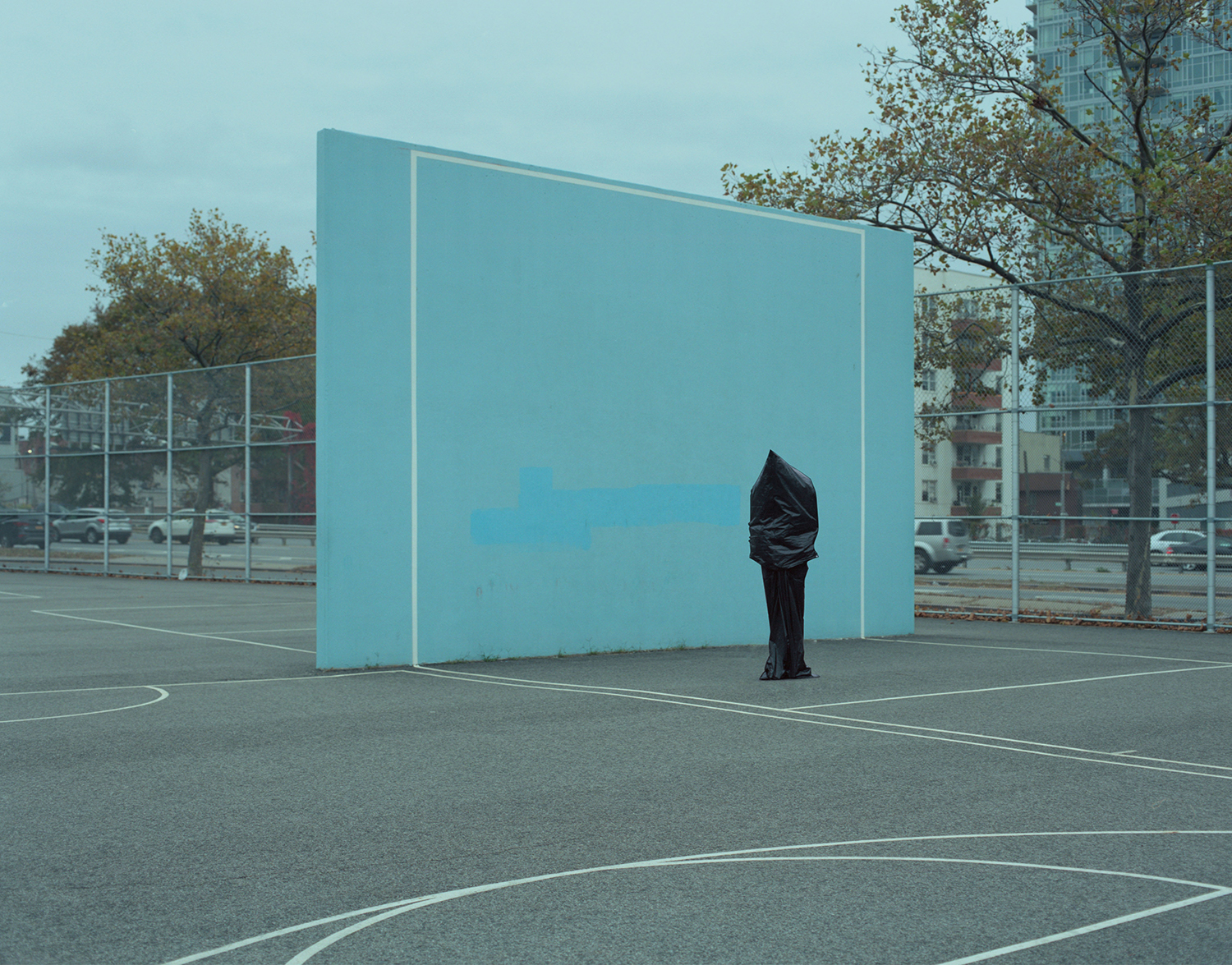

What inspired you to do photography? And what is inspiring you right now?
I have always been very drawn to images and how they can be placed next to each other, and suddenly an exciting dialogue occurs. I remember ripping magazines as a kid and creating collages on cork boards in my room and somehow feeling satisfied by my creations. However, the reality is that even though I was very artistic as a kid, I did not get into photography until I was in college, and I got my first 35 mm camera. I think shooting with film for the first time was magical, and realizing that I can look at the world around me differently and the mundane of everyday life became my biggest inspiration: the minute details in the everyday objects left behind. Inspiration is everywhere for me; it can be in the sink where you brush your teeth or come from the way someone laughs. The last time I felt inspired was riding my bike and feeling the wind touch my face and feel alive; moments like that are why I think it’s worth making art.

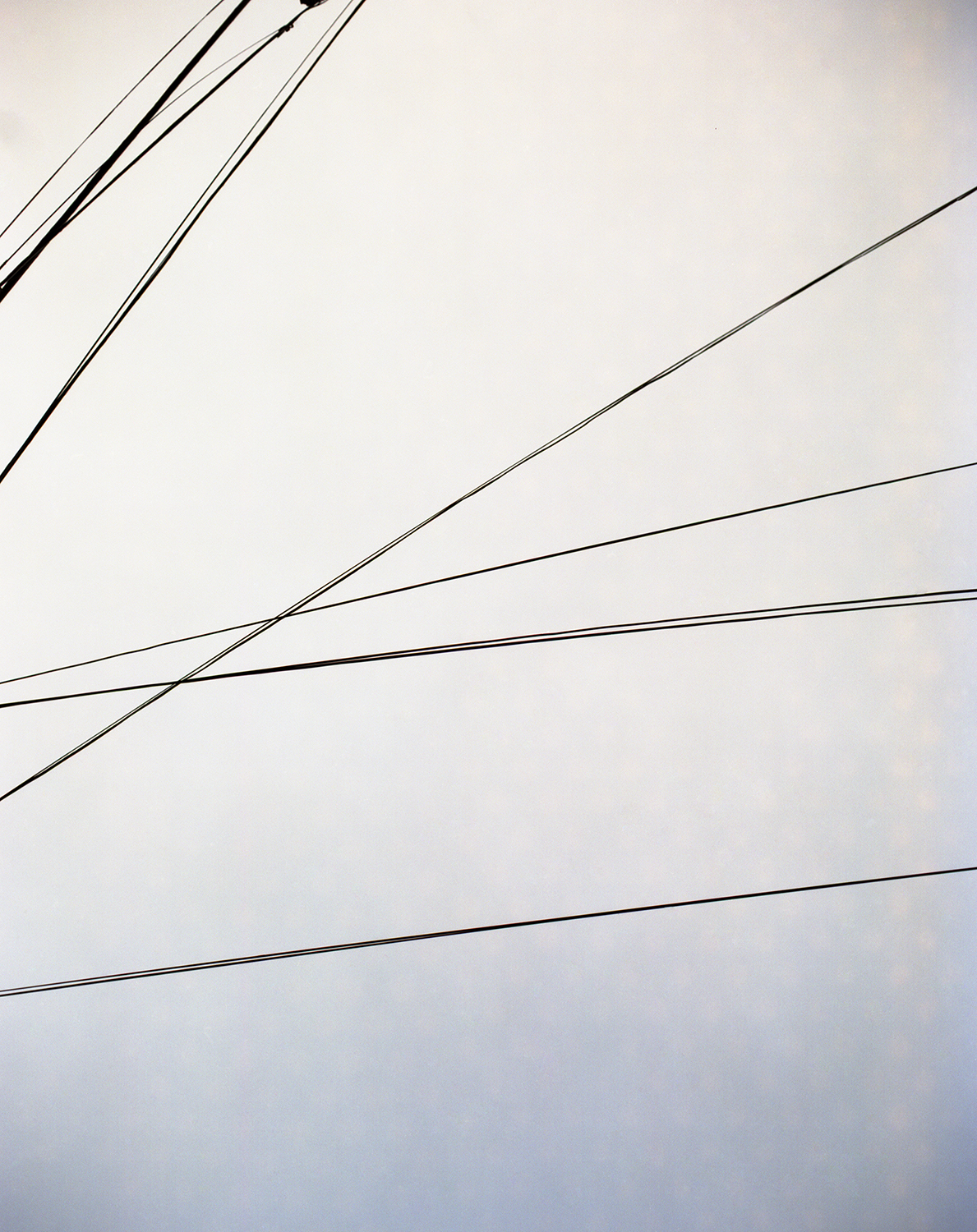
Click here to see more of Andrea’s work